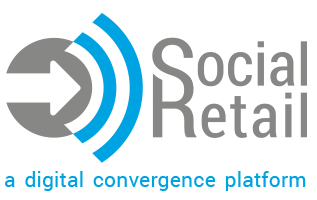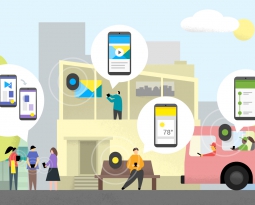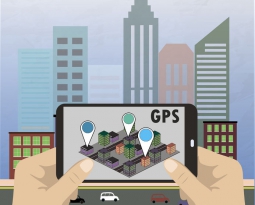Beacons hold all sorts of exciting opportunities for brands and consumers alike, particularly when examining the caveat that some people consider a weakness: customers must opt in to participate. Many brands have voiced frustration with the challenge of convincing customers to opt in. After all, consumers increasingly demand fewer steps and less friction in between them and receiving tangible benefits.
But on the flip side, consumers are also excited to try something new and engage in technology uses that seem fresh and exciting. On top of that, 57 percent of consumers state that they are okay with sharing personal information as long as it is being used to benefit them in some way, according to Janrain. These two factors together indicate that customers have a distinct incentive to cross the hurdles of installing a beacon-enabled app and opting in to receive messages.
Brands that fear pushing voluntary adoption of beacons must simply be more confident in their programs. As long as they provide tangible value and a quality experience, their app will get installed. If they fail to provide these things, their app will get deleted. This make-or-break success creates invaluable feedback and spells out why beacons truly can be a retailerâs best friend: they keep brands honest.
The Power of Volunteering
Early banner ad campaigns were one of the greatest failures of online marketing. Display ads that were ineffective or downright annoying helped train consumers to steer their eyes and attention far away from them, creating a phenomenon known as âbanner blindness.â This myopia affected 86 percent of consumers, who could not recall the last banner ad they had seen.
The key element missing from these campaigns was personalization and permission. Brands that have been able to personalize through ad retargeting have seen display campaigns that were over three times more effective at getting clicks. Beacons takes this potential further by both putting product offers and information closer to the retail site and also making consumers feel as if they have had a choice in the matter.
In the past, permission-based marketing tactics have been able to generate much more favorable results compared to traditional outbound techniques. For instance, customers voluntarily offering their email addresses have conversion rates increased by 10 to 20 percent, according to Aberdeen. With beacons, this same potential coupled with personalization gives consumers reason to pause and consider opting in or viewing an offer rather than simply turning off their Bluetooth in annoyance.
Beacons Holding Brands Accountable
On the retailer side, the choice of consumers to delete the beacon platform app can help steer them away from tactics that do not fit within the customerâs wishes. The fear that customers will quickly opt out will force these brands to test new beacon tactics more heavily before deploying them regionally, and customer participation rates will inform decisions on how to increase efficacy and engagement with beacon platforms.
As brands refine their practices and avoid behaviors that turn off consumers, positive opinions of beacons only stands to increase. Organizations that are able to positively influence opt in rates will be more successful at building retail traffic, and more brands will begin to buy beacons to follow their example.
In the end, beacons will help brands keep on the straight and narrow while teaching them how to meet new people. After all, isnât that what best friends are for?
To discover more about how our beacon platform can drive engagement of your customers while building retail traffic, visit our product page.










